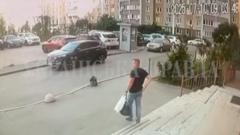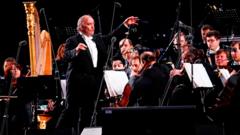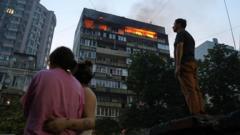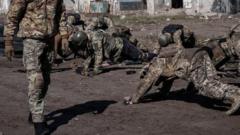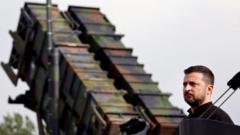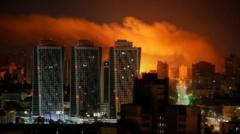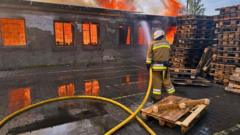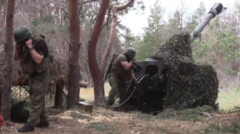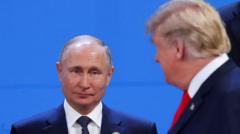On Victory Day, President Vladimir Putin aimed to reinforce his leadership image amid the ongoing Ukraine conflict, with international dignitaries present, though Russia's military successes remain limited.
Putin’s Victory Day Parade: A Display of Power Amidst Ongoing Conflict

Putin’s Victory Day Parade: A Display of Power Amidst Ongoing Conflict
The Russian president seeks to showcase military strength alongside allies despite setbacks in Ukraine.
President Vladimir Putin commemorated Russia's victory over Nazi Germany in a grand military parade in Moscow, alongside China's leader Xi Jinping, amid growing tensions due to the prolonged Ukraine conflict. The event celebrated 80 years since the Soviet Union's triumph, with numerous foreign leaders in attendance, including Brazil's President Luiz Inácio Lula da Silva and Serbia's President Aleksandar Vucic. This turnout was viewed by some as a sign of resilience against Western isolation efforts post-Russia's 2022 invasion of Ukraine.
However, the parade's display of military strength starkly contrasts with Russia's actual performance on the battlefield, where progress remains limited. Following three years of conflict, the Russian military has not secured a decisive victory, and its economy is grappling with challenges such as reduced oil revenues and persistent high-interest rates.
Historically, the Victory Day celebration has fostered national unity, but the current atmosphere reflects growing divisions, with Putin attempting to use this occasion to validate his Ukraine invasion narrative. The spectacle underscores his struggle to project strength internationally while facing significant domestic vulnerabilities.

